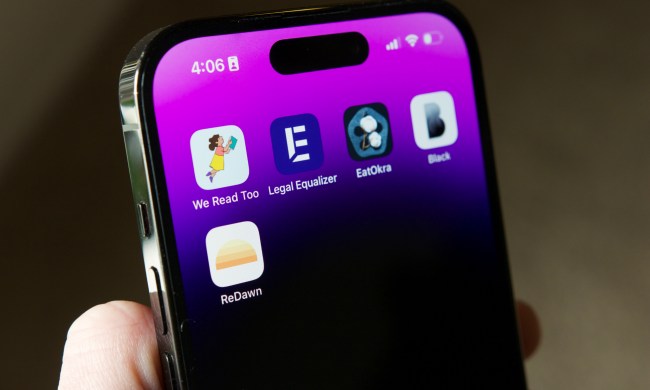
Professor Timo Betz is a biophysicist at the University of Göttingen in Germany. His name is found on widely cited research papers with serious-sounding titles like Neurite branch retraction is caused by a threshold-dependent mechanical impact and External forces control mitotic spindle positioning. So why is his microscope made out of Legos?
The simple answer: Because it’s not for him. It’s for whoever wants to build one.

“If you have the parts, and if you are good at building Lego, it can be done in 30 minutes,” Betz told Digital Trends. “If you are a bit new, I guess one hour is reasonable. There are some difficult parts, when it comes to the part where we need to adjust the focus. In this quality regime, we need to move the lens on a fraction of the diameter of a hair. That is hard to achieve with Lego, but a worm drive can do the job. However, this takes some patience to build. Still, I [have] the feeling that the children could do it better than the adults.”
Microscopy is crucial for many disciplines in science and medicine. But not everyone has access to this technology. The purpose of Betz’s project, carried out by researchers from both the Universities of Göttingen and Münster, was to build a high-resolution microscope out of nothing more specialist than some kids’ plastic building bricks and parts from a mobile phone. In building this, kids (and, frankly, many adults) can enhance their understanding of how a microscope works.
“[My son, Emil, and I] were basically sitting together playing Lego on the weekend,” Betz continued. “I had agreed to prepare a lecture for school kids, with the aim to introduce them to my work in the lab — biophysics, with a focus on cell mechanics — so I was asking him what he thinks is interesting for children his age. He told me that he really likes the microscopes we have in the lab, and suddenly there was the idea of having a microscope built from Lego. My first reaction was that this is too hard, because of the precise movements and all the parts that are non-Lego. But he came up with a series of great ideas on how to overcome the difficulties that I explained to him.”
Surprisingly good quality

The only parts of the microscope that’s not made of Legos are the optics, which come from the lenses used in modern smartphone cameras, costing just a few bucks each.
“After destroying a camera-replacement module to get to the lens I was really surprised,” Betz said. “I was able to see details on fixed cells that I was only used to seeing in the high-end microscopes we use in the lab, and that with a four euro ($4.70) lens. The reason for this high quality lies in the need for camera lenses in smartphones to have a flat module. This leads to quite high numerical apertures — about 0.5 in the used lens — and that, in turn, dictates the resolution. Additionally, the lenses are already compensation for spherical and chromatic aberration, which is just what we needed. I was really impressed by the quality of these plastic lenses.”
As noted, Betz isn’t keeping his microscope to himself, either. The instructions for building one are available on Github , available in English, German, Dutch and Spanish. A paper describing the work was also recently published in the journal, The Biophysicist 2021 . (Emil Betz Blesa, who was eight years old when the project started, and 10 now, even gets his first credit as co-author.)
If you’ve already exhausted your existing Lego collections, or are looking for a new challenge with a bit more real-world application (and far fewer bricks) than your scaled-down Space Shuttle model , this could be the project for you!


